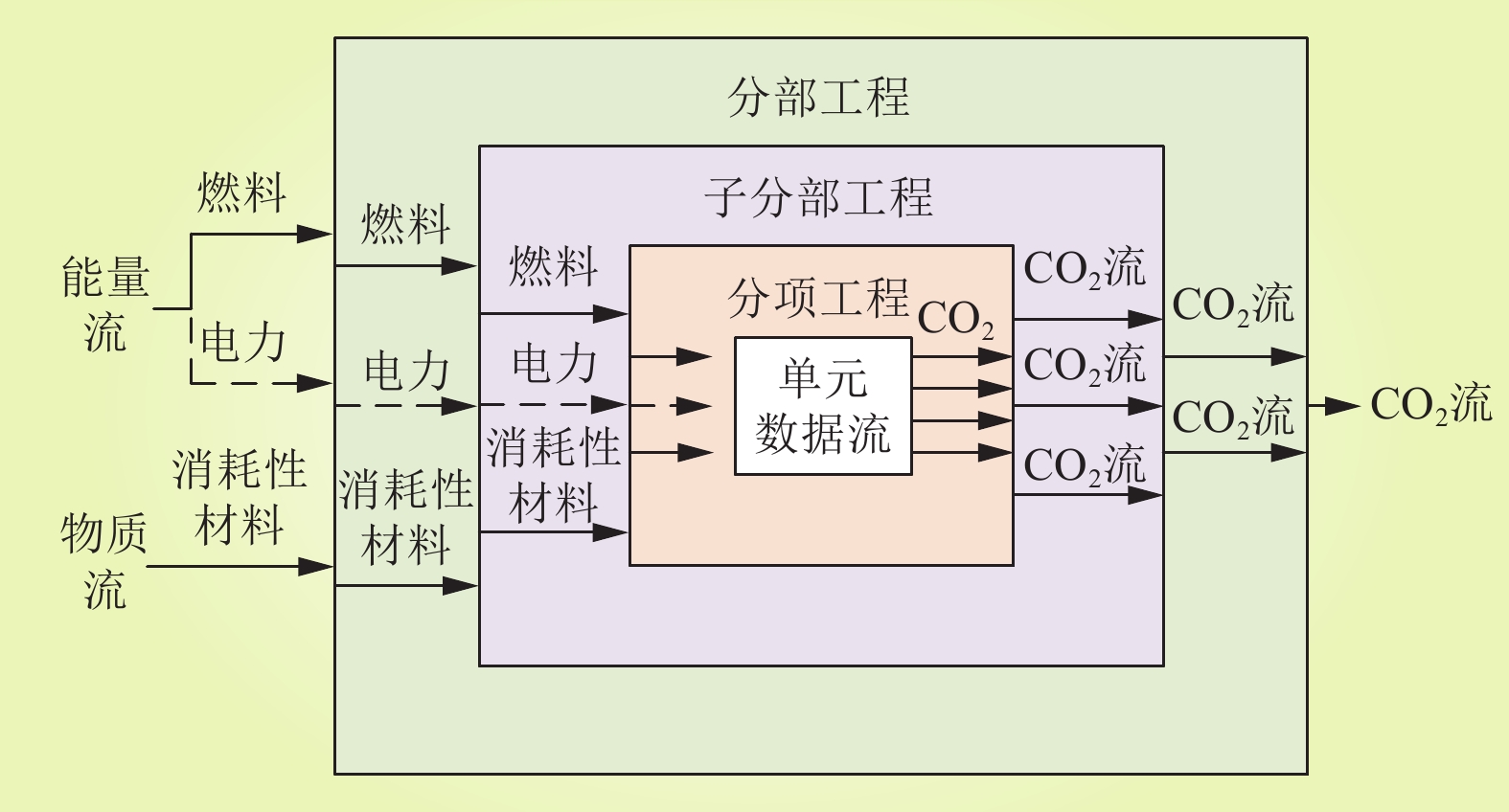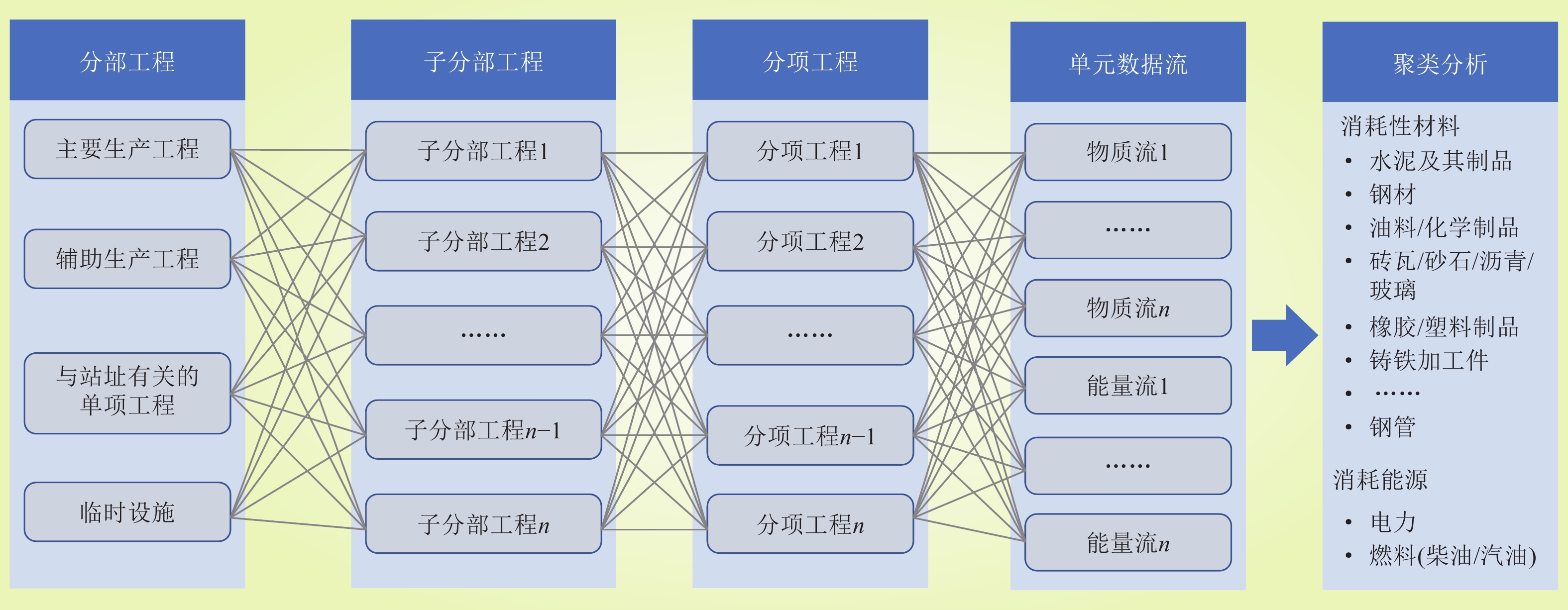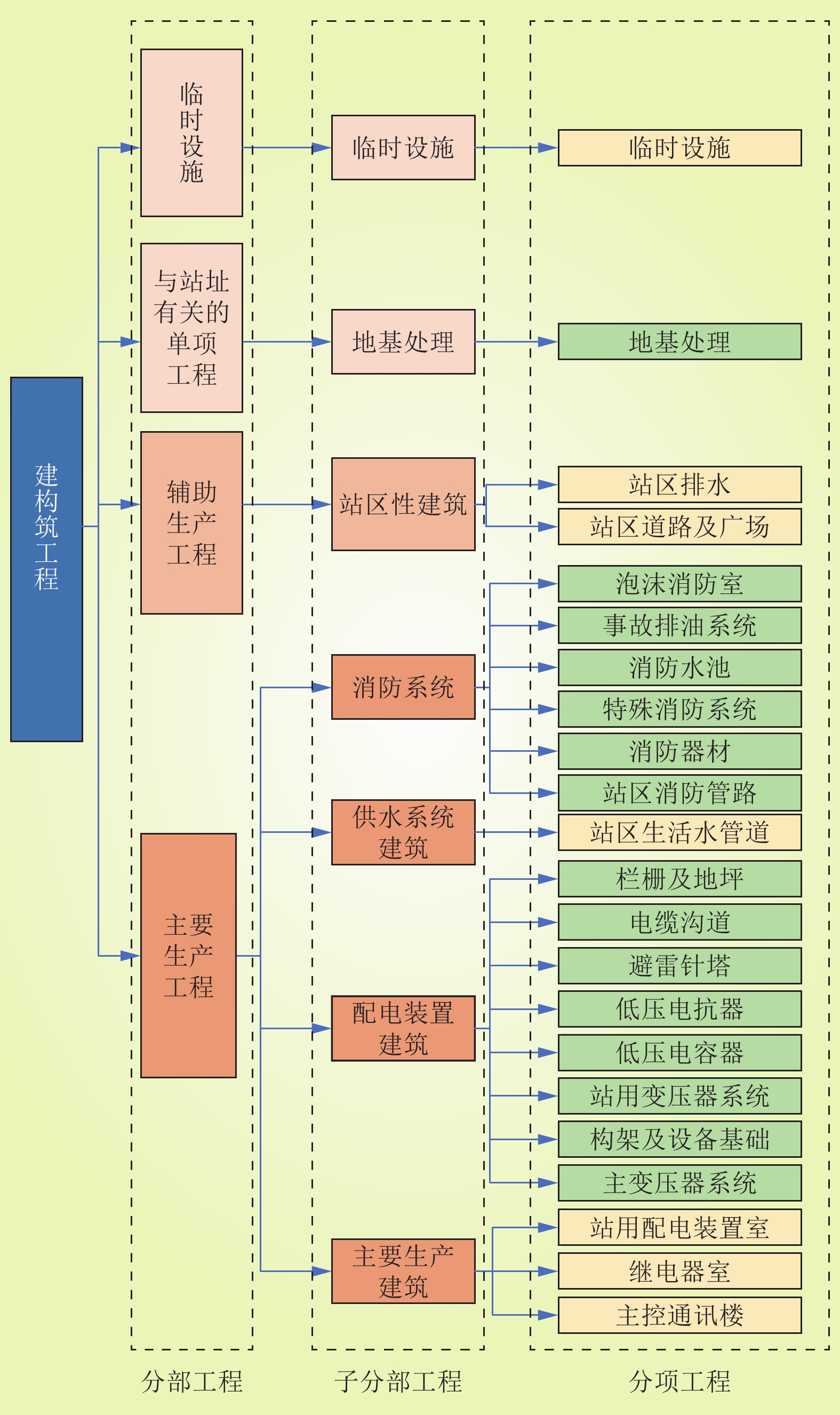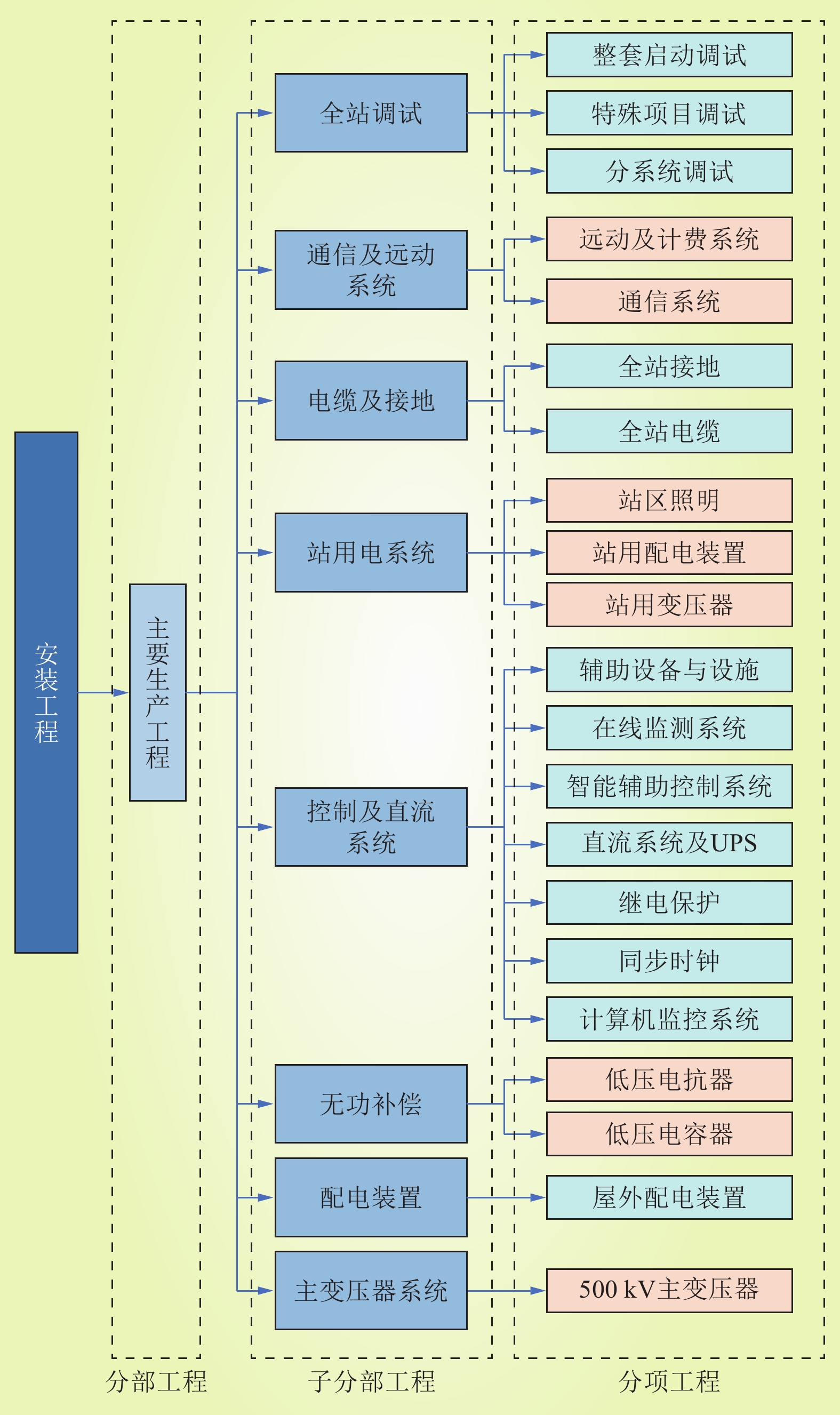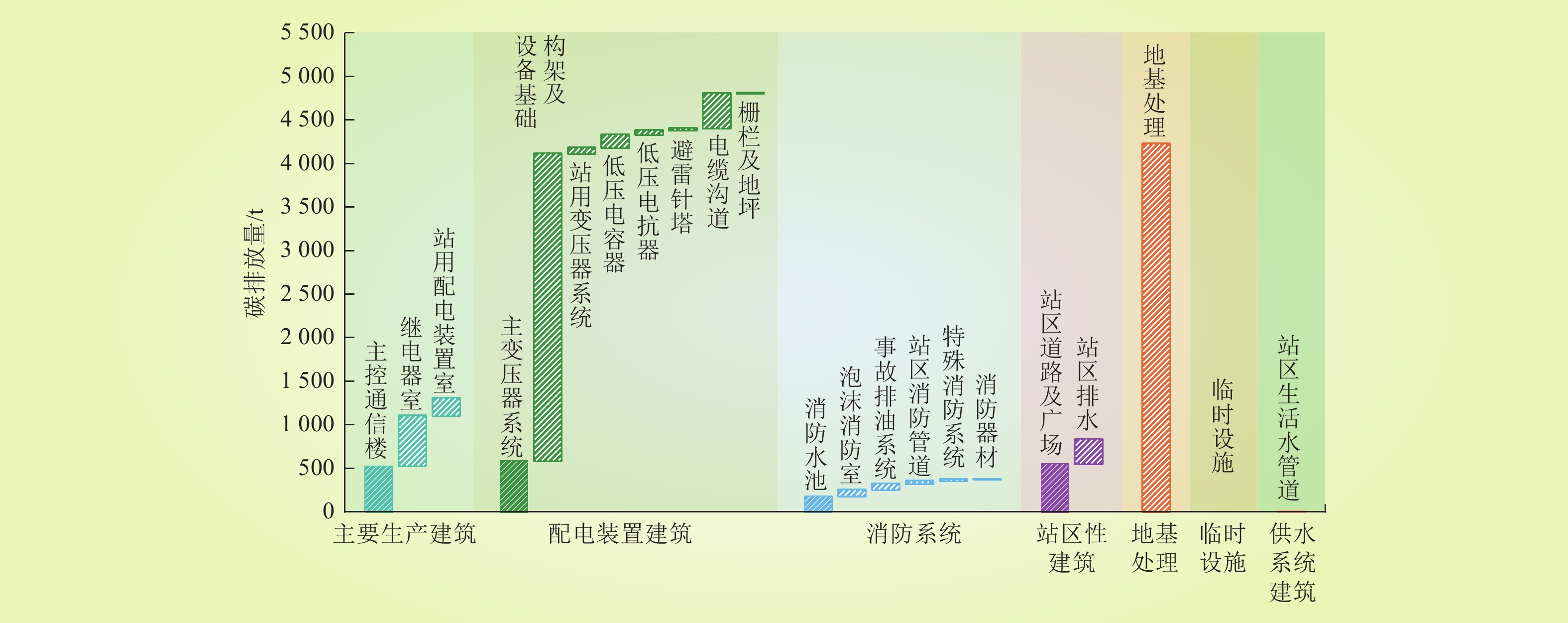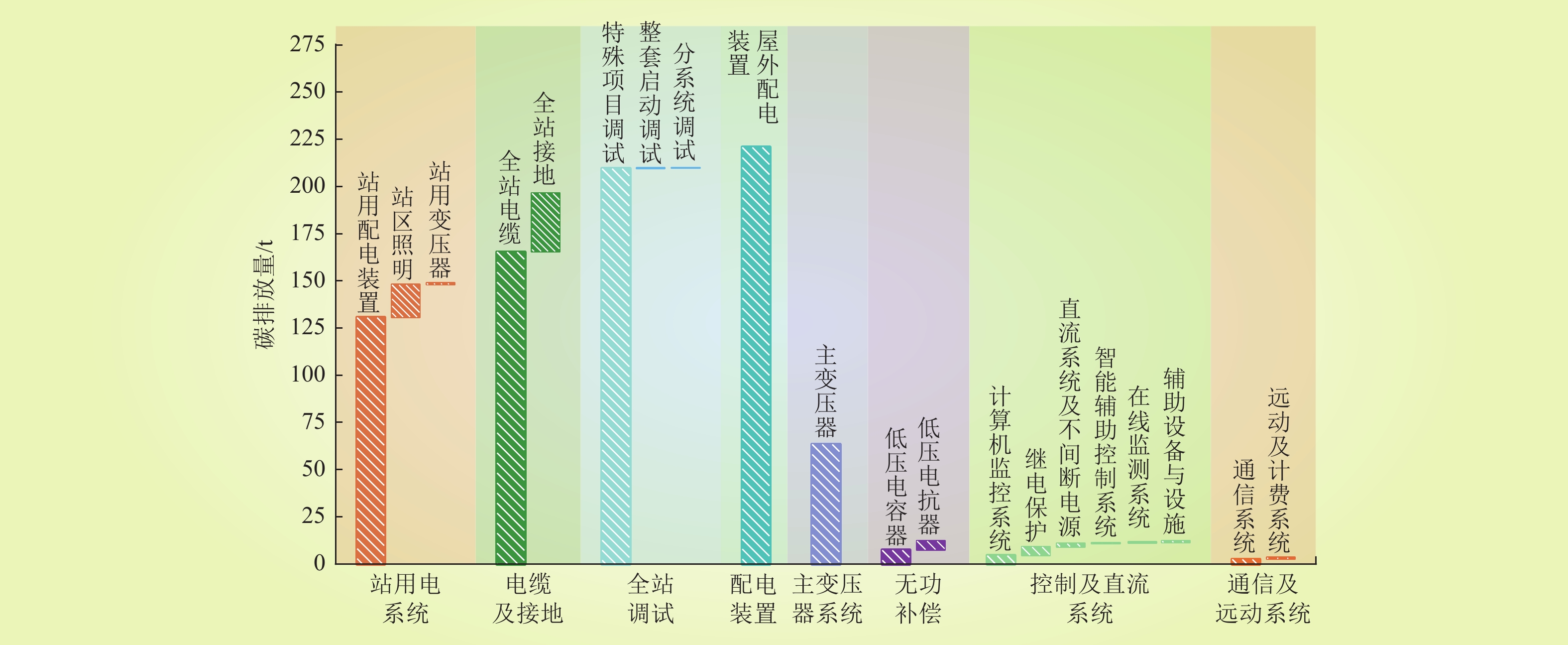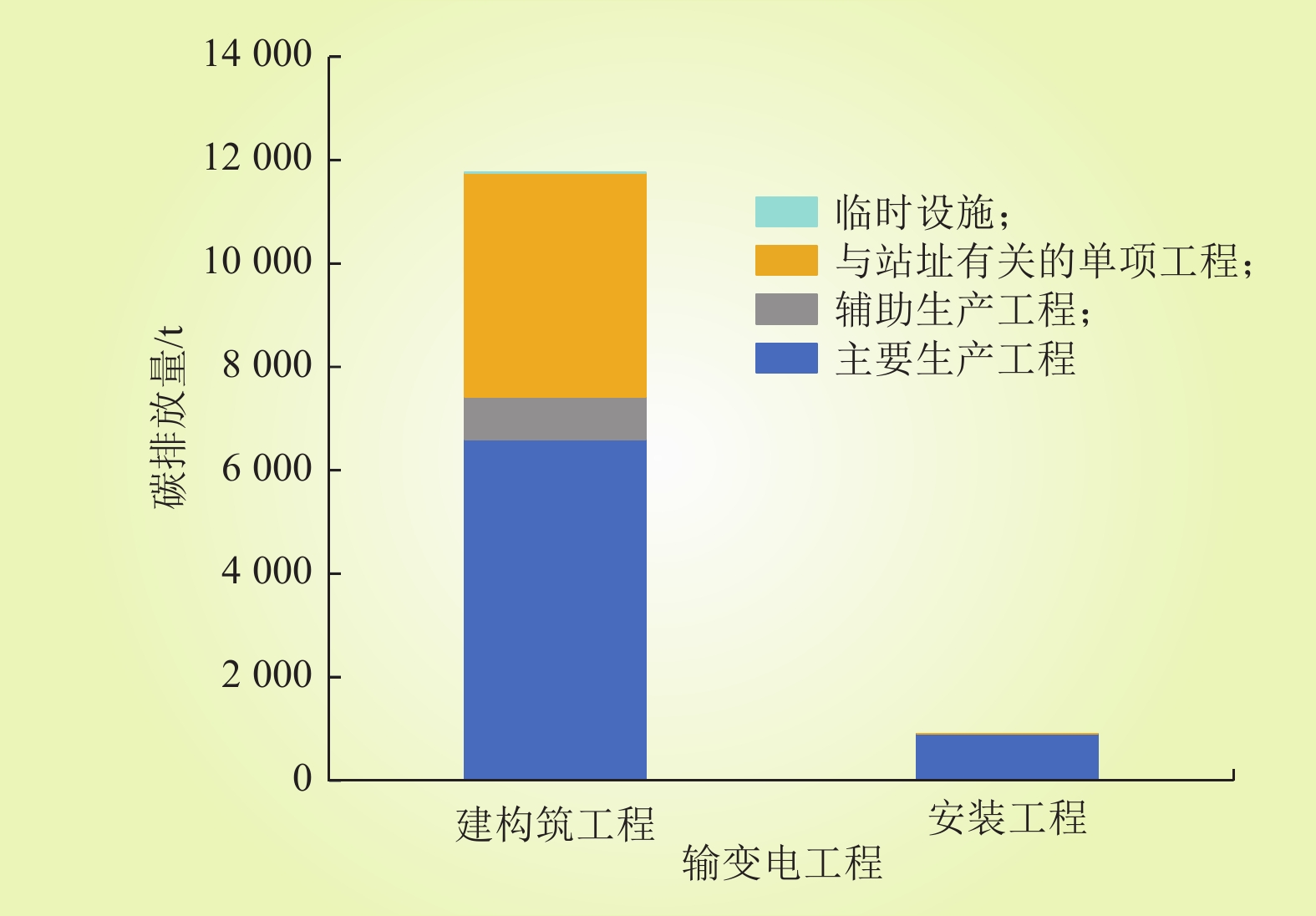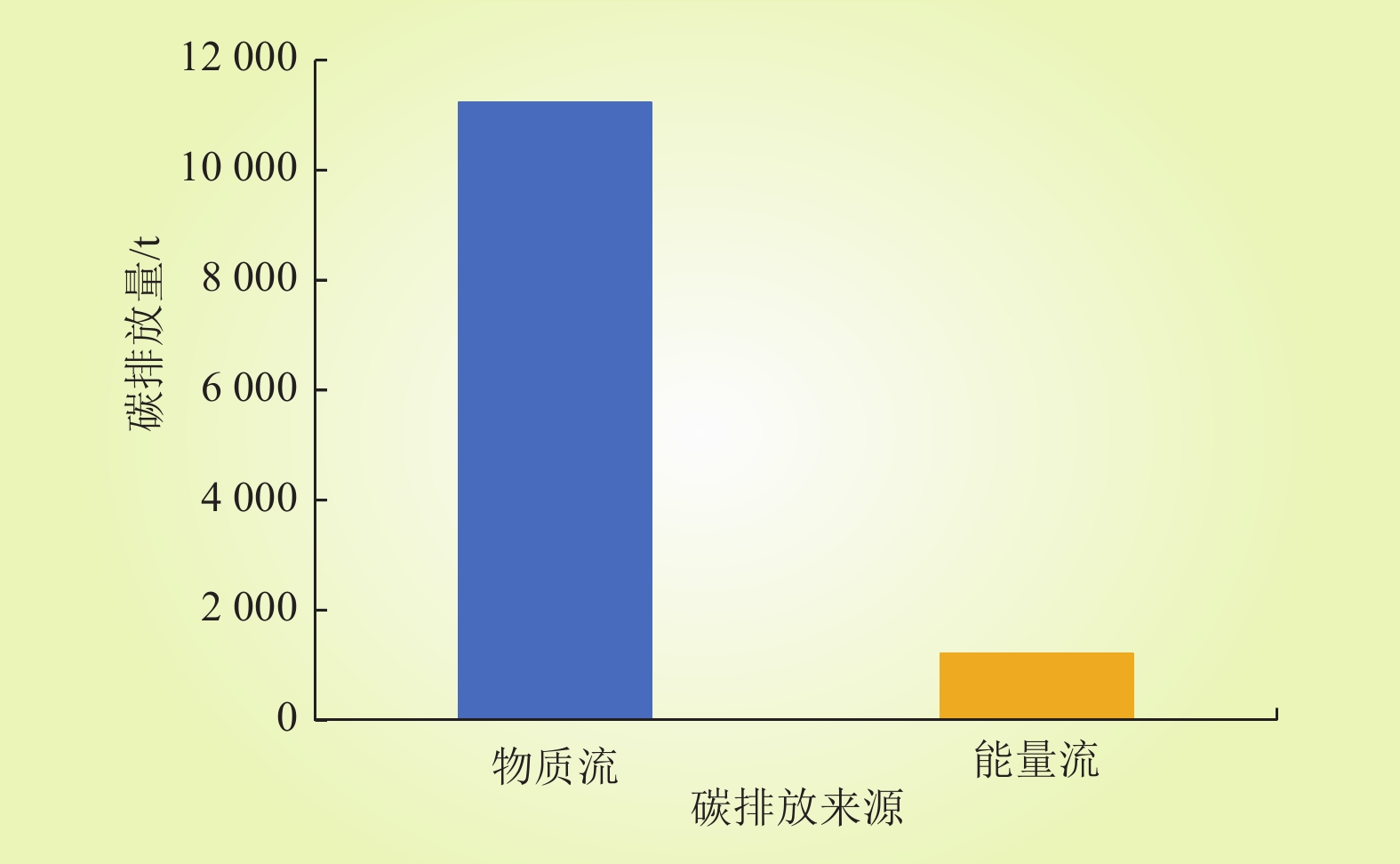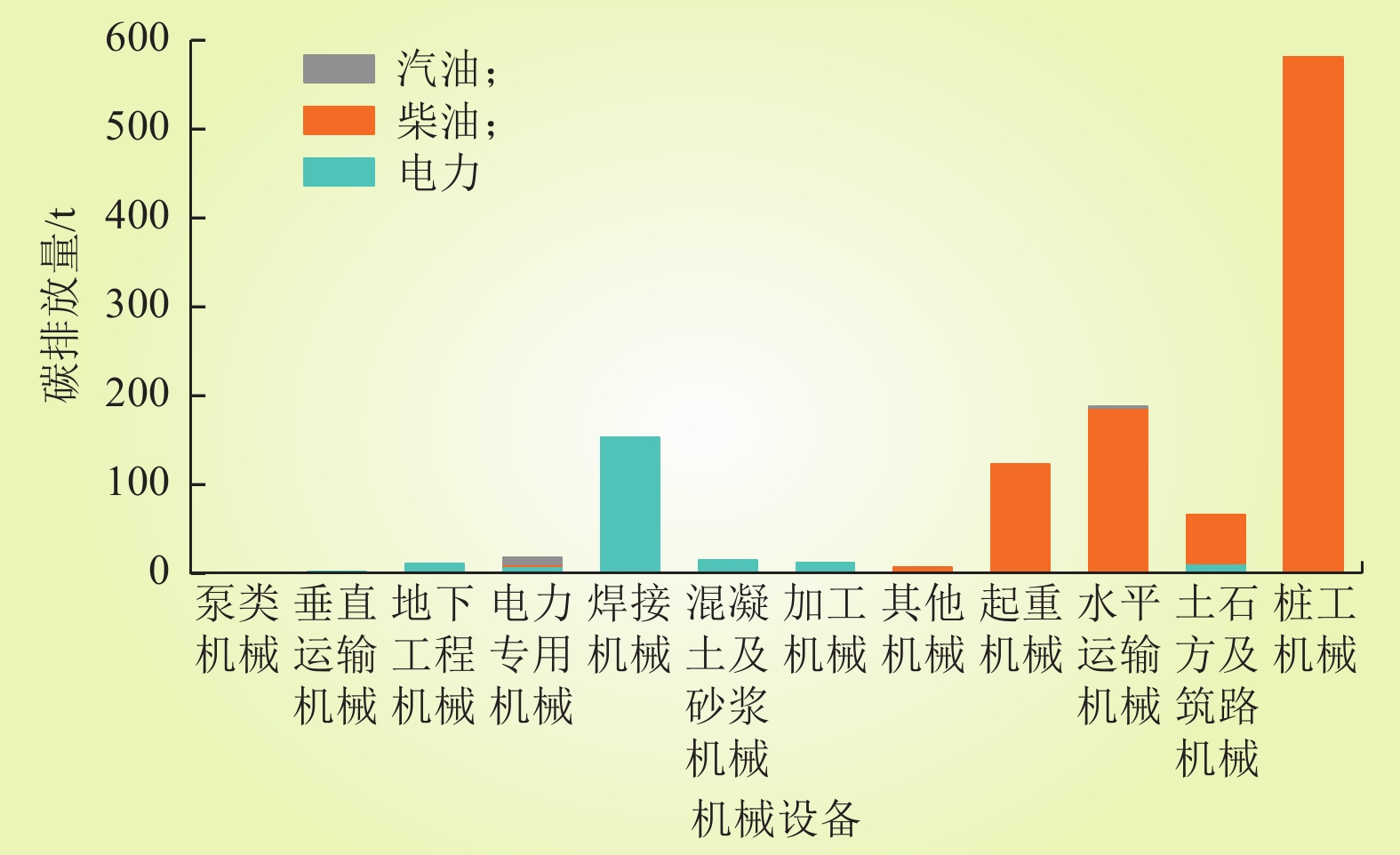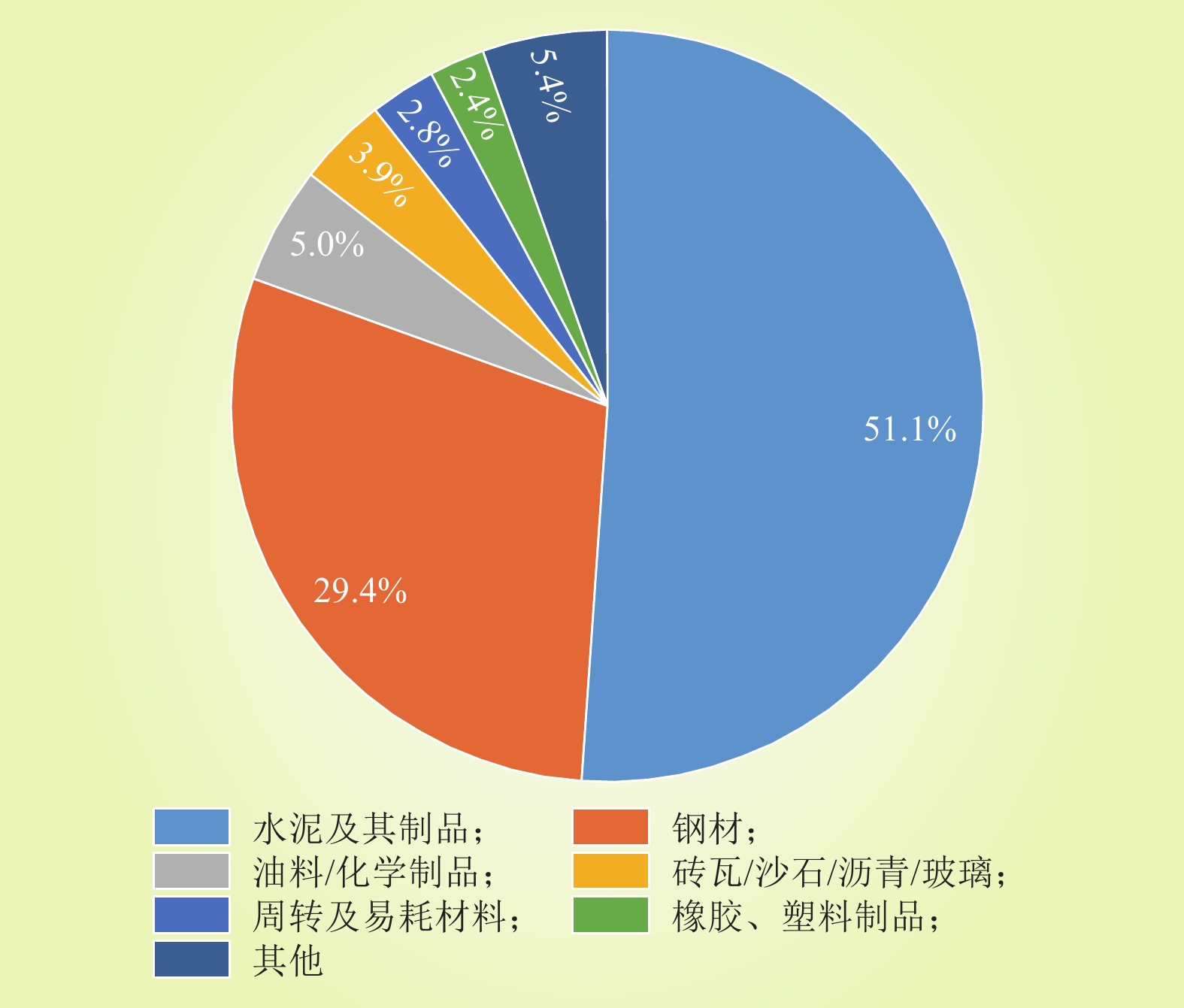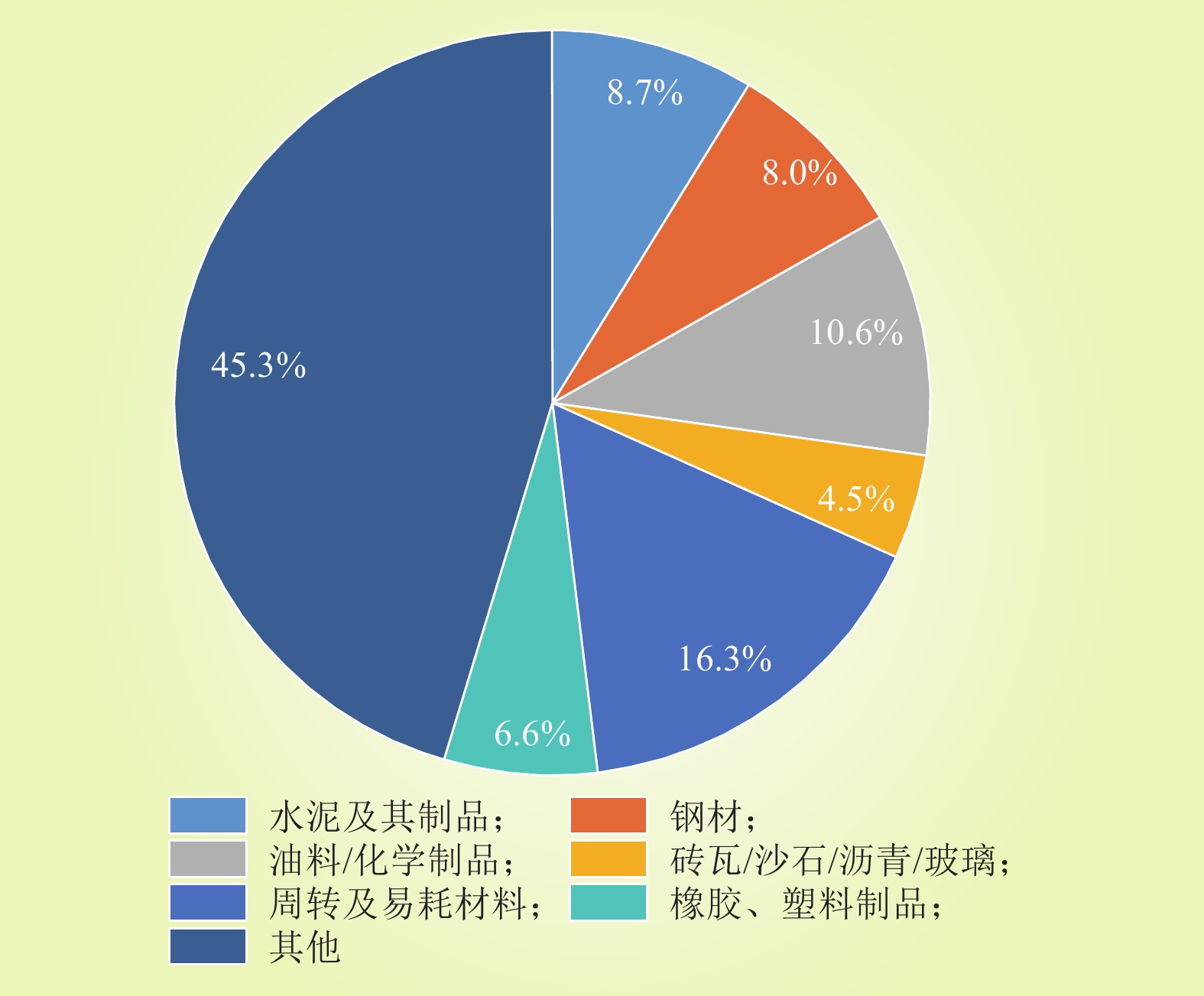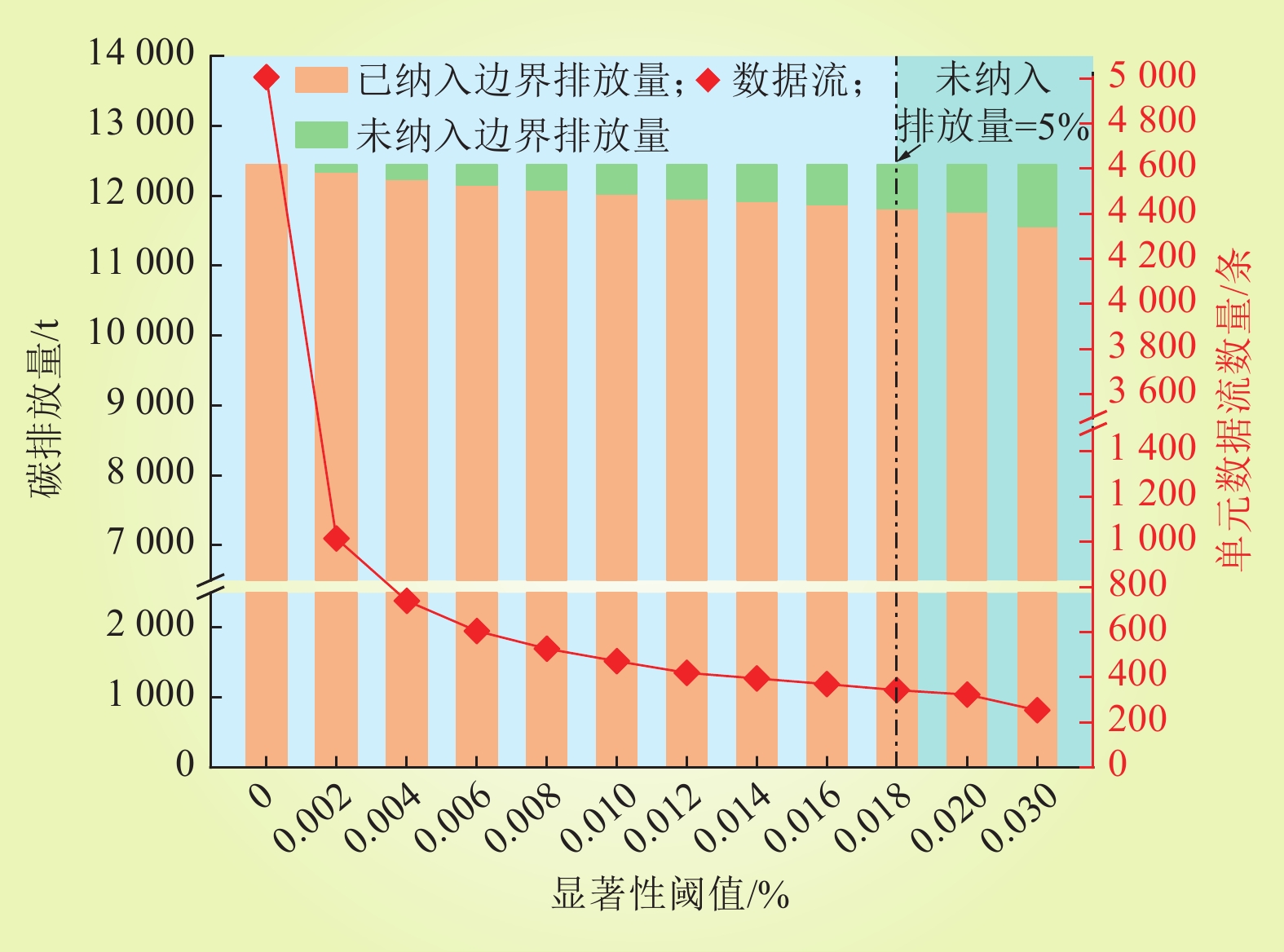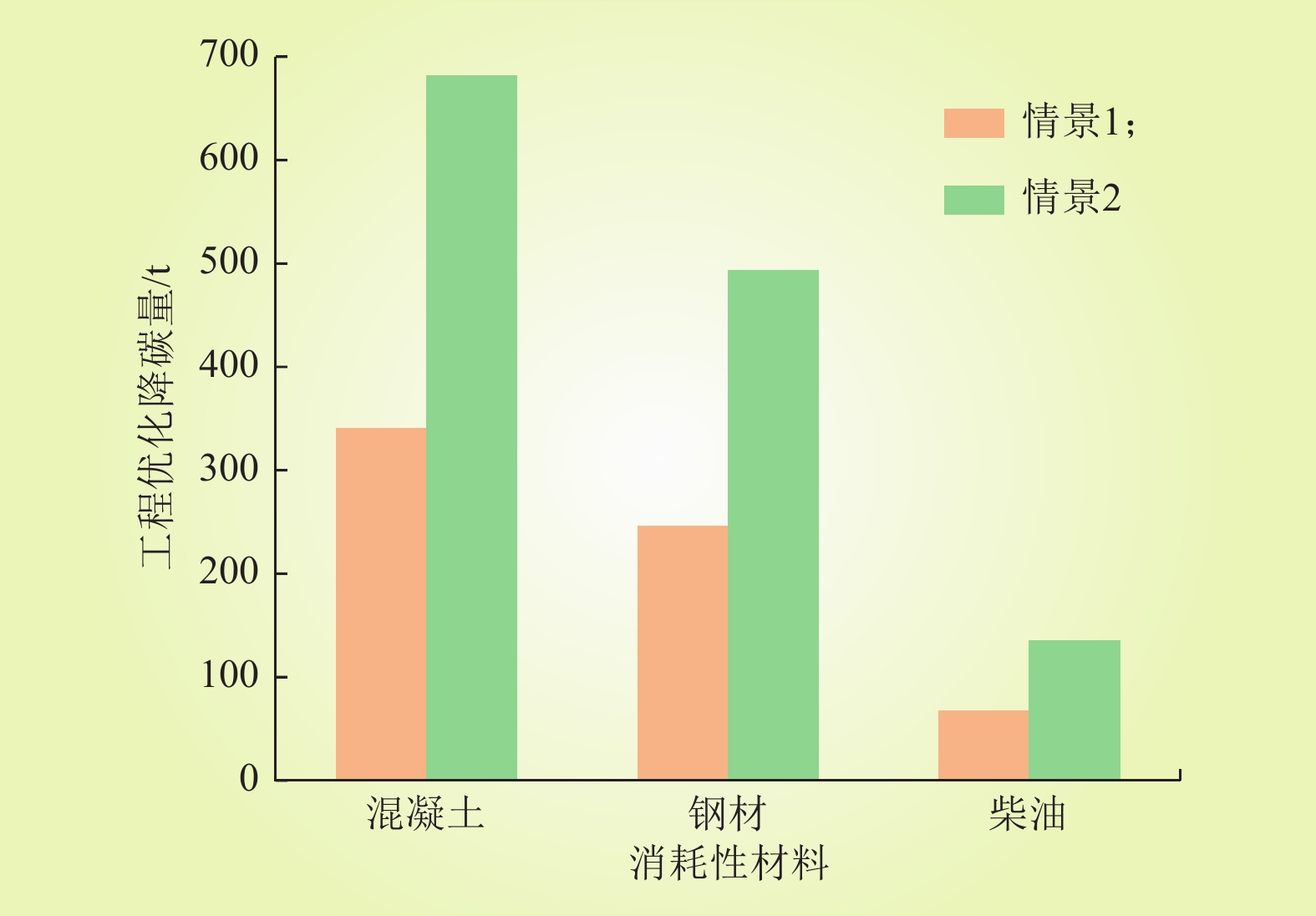| 1 |
李江, 范袁铮, 刘博. 计及水泥厂直接碳排放碳责任的源-荷低碳优化运行方法[J]. 中国电力, 2025, 58 (1): 141- 152.
|
|
LI Jiang, FAN Yuanzheng, LIU Bo. A source-load low carbon optimization methodology considering carbon responsibility for direct carbon emissions from cement plants[J]. Electric Power, 2025, 58 (1): 141- 152.
|
| 2 |
刘含笑, 单思珂, 魏书洲, 等. 基于生命周期法的煤电碳足迹评估[J]. 中国电力, 2024, 57 (7): 227- 237.
|
|
LIU Hanxiao, SHAN Sike, WEI Shuzhou, et al. Life-cycle carbon footprint assessment of coal-fired power generation[J]. Electric Power, 2024, 57 (7): 227- 237.
|
| 3 |
王栋, 冯景丽, 李达, 等. 基于区块链的园区碳排放可信监测模型[J]. 中国电力, 2024, 57 (7): 182- 187.
|
|
WANG Dong, FENG Jingli, LI Da, et al. A credible monitoring model for carbon emissions in industrial parks based on blockchain technology[J]. Electric Power, 2024, 57 (7): 182- 187.
|
| 4 |
DONG Y H, JAILLON L, CHU P, et al. Comparing carbon emissions of precast and cast-in-situ construction methods-a case study of high-rise private building[J]. Construction and Building Materials, 2015, 99, 39- 53.
DOI
|
| 5 |
ROH S, TAE S. Building simplified life cycle CO2 emissions assessment tool (B-SCAT) to support low-carbon building design in South Korea[J]. Sustainability, 2016, 8 (6): 567.
|
| 6 |
SHARRARD A L. Greening construction processes with an input-output-based hybrid life cycle assessment model[D]. Pittsburgh: Carnegie Mellon University, 2007.
|
| 7 |
WU X Y, PENG B, LIN B R. A dynamic life cycle carbon emission assessment on green and non-green buildings in China[J]. Energy and Buildings, 2017, 149, 272- 281.
DOI
|
| 8 |
周原冰, 张士宁, 侯方心, 等. 电力行业碳达峰及促进全社会碳减排影响分析[J]. 中国电力, 2024, 57 (9): 1- 9.
|
|
ZHOU Yuanbing, ZHANG Shining, HOU Fangxin, et al. Analysis of carbon peaking in power sector and its impact on promoting whole-society carbon emissions reduction[J]. Electric Power, 2024, 57 (9): 1- 9.
|
| 9 |
陈兆中, 蔡锦波, 窦长亮. 输变电工程绿色建造路径探索[J]. 中国电力企业管理, 2022, (30): 28- 29.
DOI
|
| 10 |
欧文琦. 基于绿色发展的城市输变电工程安全文明施工费计取与管理措施研究[C]//福建省电机工程学会2020年学术年会获奖论文集(下册). 2021: 311–314.
|
| 11 |
华伟, 许海清, 程亮, 等. 绿色输变电工程的创新设计和发展[J]. 节能, 2019, 38 (6): 30- 31.
DOI
|
| 12 |
殷占全, 徐波. 宁夏黄河流域输变电工程绿色建造项目的构建与实施[J]. 光源与照明, 2022, (9): 145- 147.
|
| 13 |
黄轶康, 许海清, 程亮, 等. 绿色输变电工程施工期环境评价指标量化研究[J]. 价值工程, 2020, 39 (21): 46- 47.
DOI
|
|
HUANG Yikang, XU Haiqing, CHENG Liang, et al. Quantitative research on environmental assessment index of green power transmission and transformation project during construction[J]. Value Engineering, 2020, 39 (21): 46- 47.
DOI
|
| 14 |
王海龙, 王蓓. 绿色输变电工程施工环境评价指标量化探讨[J]. 光源与照明, 2021, (4): 51- 52.
|
| 15 |
史鹏辉. 道路基础建设的碳排放现状与碳减排路径研究[J]. 资源节约与环保, 2024, (9): 1- 3, 16.
DOI
|
| 16 |
鲍学英, 任海涛, 刘北胜, 等. 铁路工程铺轨基地碳排放测算及影响因素研究[J/OL]. 重庆大学学报, 1–12[2024-10-21]. http://kns.cnki.net/kcms/detail/50.1044.n.20241018.1752.002.html.
|
| 17 |
施庆利, 高艳艳, 王新, 等. 公路建设期全生命周期碳排放量化研究[J]. 市政技术, 2024, 42 (10): 24- 30.
|
|
SHI Qingli, GAO Yanyan, WANG Xin, et al. Study on quantification of carbon emissions during the whole life cycle of highway construction[J]. Journal of Municipal Technology, 2024, 42 (10): 24- 30.
|
| 18 |
刘迁, 姜华, 张冉. 基于工程量的内河航道典型护岸型式建设期碳排放核算[J]. 中国水运, 2024, (19): 81- 83.
|
| 19 |
陈发强, 郝国郡. 广东省高速公路建设期碳排放核算方法研究及应用[J]. 交通节能与环保, 2024, 20 (5): 37- 41.
|
|
CHEN Faqiang, HAO Guojun. Research and application of carbon emission accounting methods during the construction period of highways in Guangdong Province[J]. Transport Energy Conservation & Environmental Protection, 2024, 20 (5): 37- 41.
|
| 20 |
王志会, 陆汉东, 陈伟哲, 等. 电力工程建设施工阶段碳排放计算研究[J]. 价值工程, 2024, 43 (22): 126- 128.
|
|
WANG Zhihui, LU Handong, CHEN Weizhe, et al. Research on carbon emission calculation in the construction stage of electric power engineering[J]. Value Engineering, 2024, 43 (22): 126- 128.
|
| 21 |
WRI, WBCSD. The GHG protocol corporate accounting and reporting standard[S]. USA: 2011.
|
| 22 |
WRI, WBCSD. The GHG protocol corporate value chain (scope 3) accounting and reporting standard[S]. USA: 2011.
|
| 23 |
WRI, WBCSD. The GHG protocol product life cycle accounting and reporting standard[S]. USA: 2011.
|
| 24 |
蔡雨亭, 王舜, 戴胡蝶, 等. 混凝土复合材料碳排放因子测算方法研究[J]. 建筑技术, 2024, 55 (9): 1122- 1125.
|
|
CAI Yuting, WANG Shun, DAI Hudie, et al. Research on carbon emission factor calculation method of concrete composite materials[J]. Architecture Technology, 2024, 55 (9): 1122- 1125.
|
| 25 |
中国建材检验认证集团股份有限公司, 住房与城乡建设部科技与产业化发展中心. 碳足迹与绿色建材[M]. 中国建筑工业出版社, 2017, 104.
|
| 26 |
戴文杰. 再生水泥基砂层注浆材料研发及加固试验研究[D]. 济南: 山东大学, 2021.
|
|
DAI Wenjie. Research on preparation and consolidation tests of recycled cement-based sand medium grouting materials[D]. Jinan: Shandong University, 2021.
|
| 27 |
罗智星. 建筑生命周期二氧化碳排放计算方法与减排策略研究[D]. 西安: 西安建筑科技大学, 2016.
|
|
LUO Zhixing. Study on calculation method of building life cycle CO2 emission and emission reduction strategies[D]. Xi'an: Xi'an University of Architecture and Technology, 2016.
|



